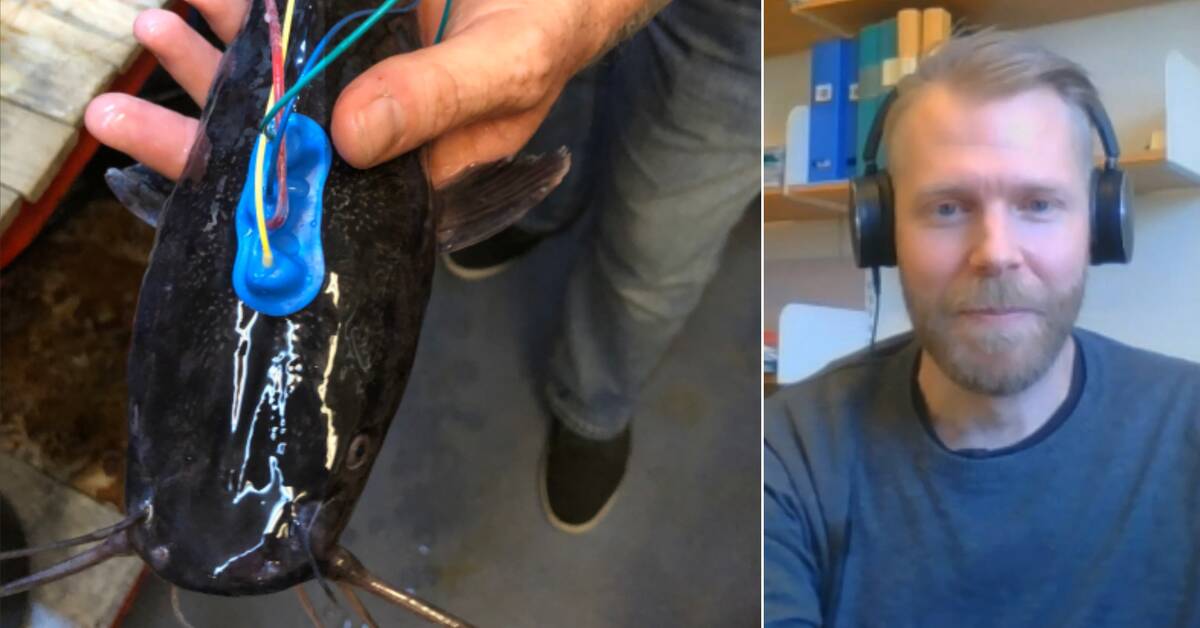In Sweden, an average of 11,424 tonnes of food fish were produced per year between 2010 and 2020. Before a fish from a fish farm is slaughtered, it must be stunned according to Swedish law. makes them unconscious.
But now researchers are judging the method.
- Anesthesia with carbon dioxide is an inappropriate method because it takes a very long time to anesthetize the fish and is at the same time very stressful for it, says Per Hjelmstedt who is a researcher in fish welfare at the Swedish University of Agricultural Sciences.
Measured the brain activity of the fish
In a new study from SLU, researchers have investigated the brain activity of fish of the species rainbow before, during and after stunning with carbon dioxide.
The results show that in cold water it can take more than ten minutes for the anesthetic to work.
In order for the researchers to be able to distinguish when the fish had lost consciousness, a flashing light was placed next to the animals.
- When the fish's brain stops reacting to the flashing light, we can assume with quite great certainty that the fish cannot perceive its surroundings.
But it takes a very long time before the fish become unconscious and you can clearly see that they are trying to escape from the tank it is in, says Per Hjelmstedt.
Long at consciousness
The researchers could also see that the fish still reacted to the flashing light some time after they stopped moving, before they completely lost consciousness.
After the fish have been anesthetized, their throats are cut off and they are bled, ie emptied of blood.
If it is done too soon after stunning, it means that the fish may still be conscious during the killing.
- It means a risk that the fish is still conscious before it dies from this bleeding.
It is very difficult to visually assess whether an anesthetic has succeeded simply by looking at the fish and it is important that you have reliable ways of being able to assess that the fish does not actually perceive its surroundings, says Per Hjelmstedt.
"No method works in terms of animal welfare"
According to the Swedish Board of Agriculture, stunning before slaughter must take place so that the fish quickly become unconscious and without regaining consciousness.
- Phasing out carbon dioxide is an issue that we believe is very important for the future and we are keen to develop suitable methods to replace carbon dioxide with.
No method alone works well in terms of animal welfare and purely practical in our aquaculture today.
Not good enough for us to phase out carbon dioxide, says Sara Gabrielsson who is an animal welfare officer at the Swedish Board of Agriculture.
The other two methods used in Sweden are stunning with electricity and blows to the fish's heads.
With these methods, the fish become unconscious almost immediately, but research shows that the fish can regain consciousness without it being visible to the naked eye if the stunning has not been strong enough.
- We do not want to risk the industry changing method and we come to the conclusion that those methods are not acceptable in terms of animal welfare either.
We need a method to see when the fish are stunned that also works to use at the aquaculture, says Sara Gabrielsson.

